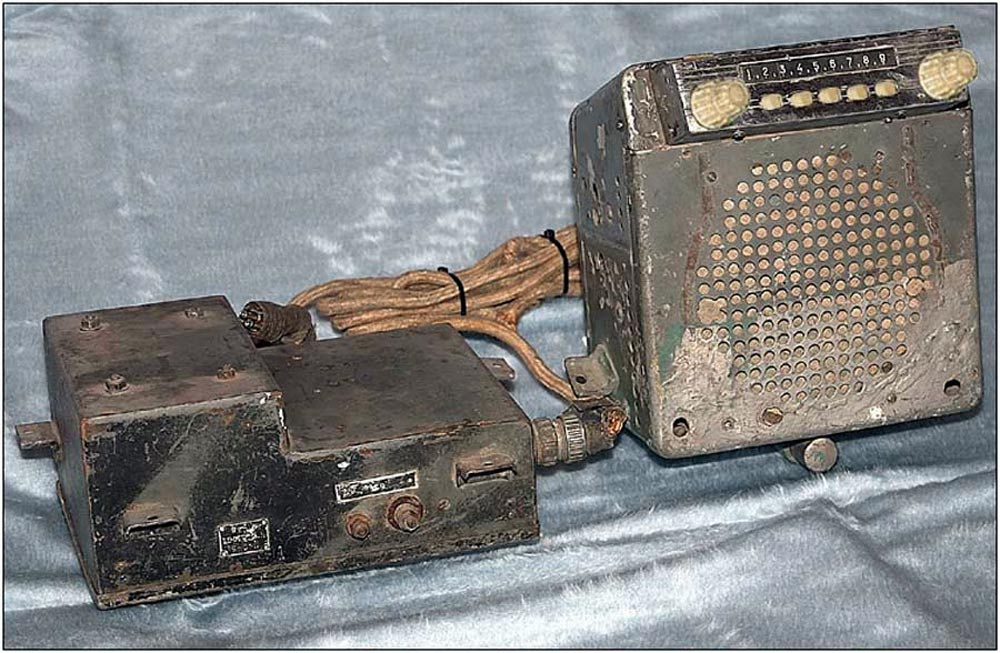Car radio `` A-695 ''.
Car radio and electrical equipment.Car radio and electrical equipmentSince 1945, the A-695 automobile radio has been produced by the Leningrad Research Institute-695. In mid-1945, the ZIS-110 car, the new flagship of the domestic auto industry, was delivered to the conveyor of the country's main plant. The standard equipment included the A-695 radio receiver, which has 5 bands; three DV, SV and two KV. The receiver was also installed on the ZIM car that appeared five years later - despite the double voltage difference in the on-board network. Car radio `` A-695 '' - six-lamp superheterodyne. Radio stations are received via a 0.9 meter long telescopic whip antenna. The receiver is made in the form of two blocks. One of them contains a receiver with a loudspeaker, the second is an umformer with filters. One of the features of the receiver is the absence of a variable capacitor in it. The configuration of the circuits is performed by ferroinductors. The range selector mechanism (push-button type) is mounted together with a scale and an assembly of medium and short wave coils. The receiver scale has a conventional graduation in the form of uniform divisions and is illuminated from the ends, and the color of the scale changes depending on the position of the tone control. Red corresponds to a wide bandwidth, green to narrow. In the LW range, the receiver can receive only one preselected radio station. The knob for its presetting is located on the back cover. For the DV and SV ranges, separate ferroinductors are used, with the help of which the input circuit is tuned. In the range of short waves, a medium-wave coil is included in the circuit in parallel with which various HF coils are connected corresponding to all three stretched ranges. In this case, all input circuits are tuned in advance to the center frequency of each of these ranges and are not re-tuned when receiving different stations. Tuning to the frequency is done by the local oscillator circuit. In the MW and HF ranges, the tuning is smooth, and in the LW range, the circuit is pre-tuned to the station frequency, after which the button is pressed. Ranges of received frequencies: DV 165 ... 400 kHz, SV 560 ... 1400 kHz. KV-19m 15 ... 15.35 MHz, KV-31m 9.3 ... 9.8 MHz, KV-49 m 5.8 ... 6.5 MHz. IF 460 kHz. Sensitivity in the ranges DV, SV - 100 µV, on KV-30 µV. Selectivity 46 dB. Output power 4 watts. The heating circuits are powered directly from a 6 volt car battery, and the high (anode) voltage is obtained from the RU-456 umformer, designed for normal operation from a 12 volt source. And since the battery voltage is 6 volts, the umformer works with underload, extending the service life. The anode voltage has a value of 210 V and a current strength of 70 mA. The case with the umformer includes a start relay and power filter parts.